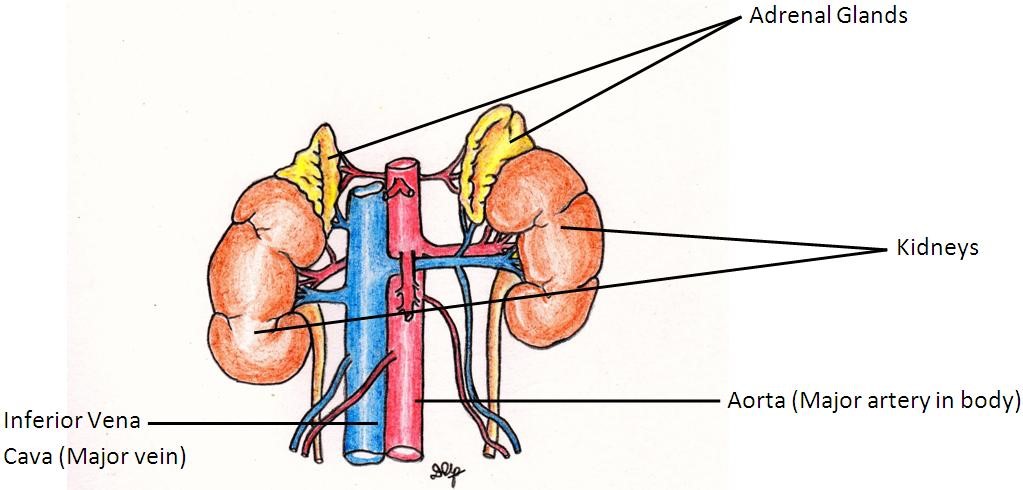The treatment of adrenal nodules requires a multi-disciplinary approach from different specialty services including the endocrinologist, radiologist and an experienced endocrine surgeon. Malignancy requires surgical intervention whenever possible. Other indications that may necessitate the removal of the adrenal gland include excessive hormone secretion or a large tumour (more than 4cm in size).
Surgery can be done either via an open method (through a larger incision along the rib cage or the middle of the abdomen) or laparoscopically (three or four tiny incisions each about 1cm in length.) The choice of method depends on a number of factors, which include the size and type of the tumour.
Any operation involves some risk of:
- Blood clots in the legs (which can travel to the lungs)
- Lung problems
- Damage to other nearby organs (spleen and pancreas)
- A Heart attack or stroke
- Infection (5% of cases)
- Loss of bowel function
- Bleeding-Pain
- Allergic reaction
- Incomplete wound healing
- Scarring
The mortality rate of a laparoscopic adrenalectomy is about 0.3%, compared to an open adrenalectomy which has a mortality rate of 0.9% of cases.
















